Description
This course builds on the Grade 6 curriculum to further develop students’ understanding of fundamental mathematical concepts by exploring topics related to number, coding, algebra, data, spatial sense, social emotional learning skills in mathematics, and financial literacy.
Throughout the course, students will be encouraged to build their social-emotional learning skills by specifically focusing on how to cope with stress and by managing complex challenges. Students learn to break down a task into smaller portions, make a plan, and work with it one step at a time.
Regarding numbers, students work with numbers up to 1 billion, rational numbers, squares numbers and square roots. Students learn key multiplication facts from 0 × 0 to 12 × 12, begin to generate factors, work with multiples, and add and subtract fractions by using equivalent fractions. Students also develop their understanding of problems involving adding and subtracting integers.
In algebra, students extend their understanding of patterns in whole numbers and relate their understanding to patterns in decimals numbers. They solve equations involving multiple terms, whole numbers, and decimal numbers. Students learn to write code that executes a probability experiment.
In data, students learn how to use circle graphs to represent data. They begin to analyse data that is represented by potentially misleading graphs. Students also examine the differences between independent events and dependent events and their probabilities.
In spatial sense, students learn about the circumference, diameter, radius, and area or circles. They then extend this knowledge to find measurements for the surface area and volume of cylinders and other three-dimensional objects. Students also learn how to dilate a shape.
In financial literacy, students start learning about international currencies, exchange rates, and how various currencies differ in value from one another. Student are introduced to concepts of planning for and reaching financial goals. They also develop an understanding of how interest rates affect savings, investments, and borrowing, and they start to compare different types of accounts and loans.
Through investigation of real-life problems, students develop a strong foundation of mathematical knowledge and skills. Students apply mathematical processes and build transferrable critical thinking skills in varied teaching and consolidation activities that appeal to diverse learning styles. Students participate in engaging storylines along with characters who connect their learning to real-world contexts and build confidence by instilling a positive attitude towards mathematics. Various opportunities consolidate students’ learning through technology and offline activities, including tactile manipulatives, to reinforce essential mathematical strategies and tools. The course has a strong focus on reinforcing number sense and numeracy skills. It also provides various activities for practice throughout. This course prepares students for grade 8 mathematics.
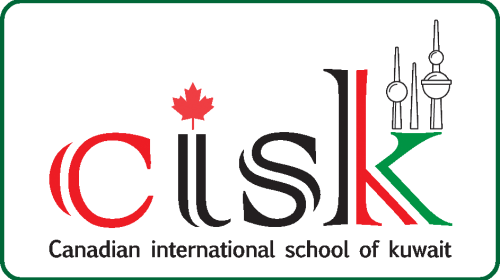

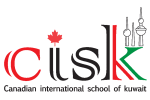
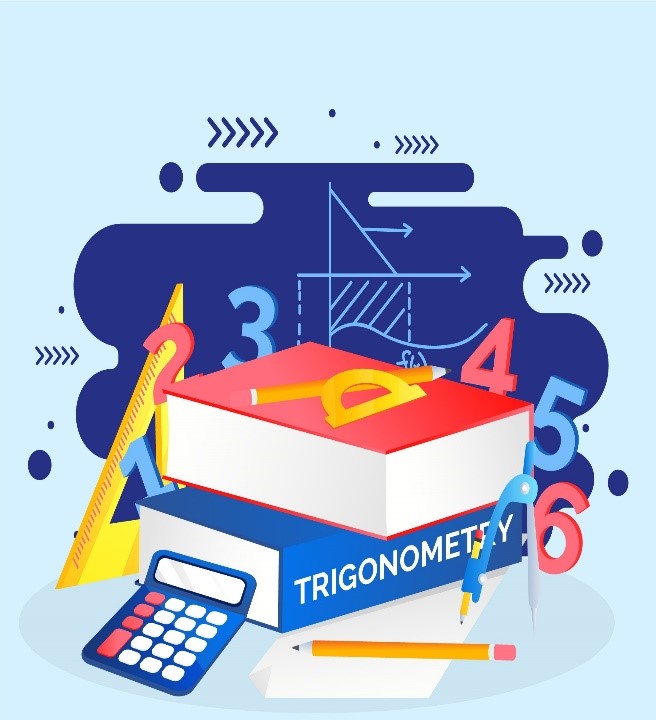
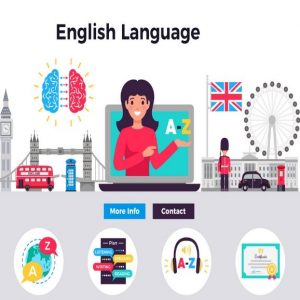
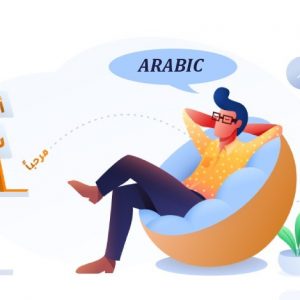
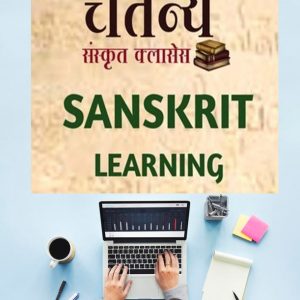
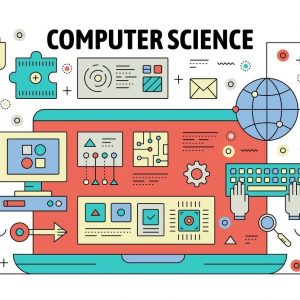
Reviews
There are no reviews yet.